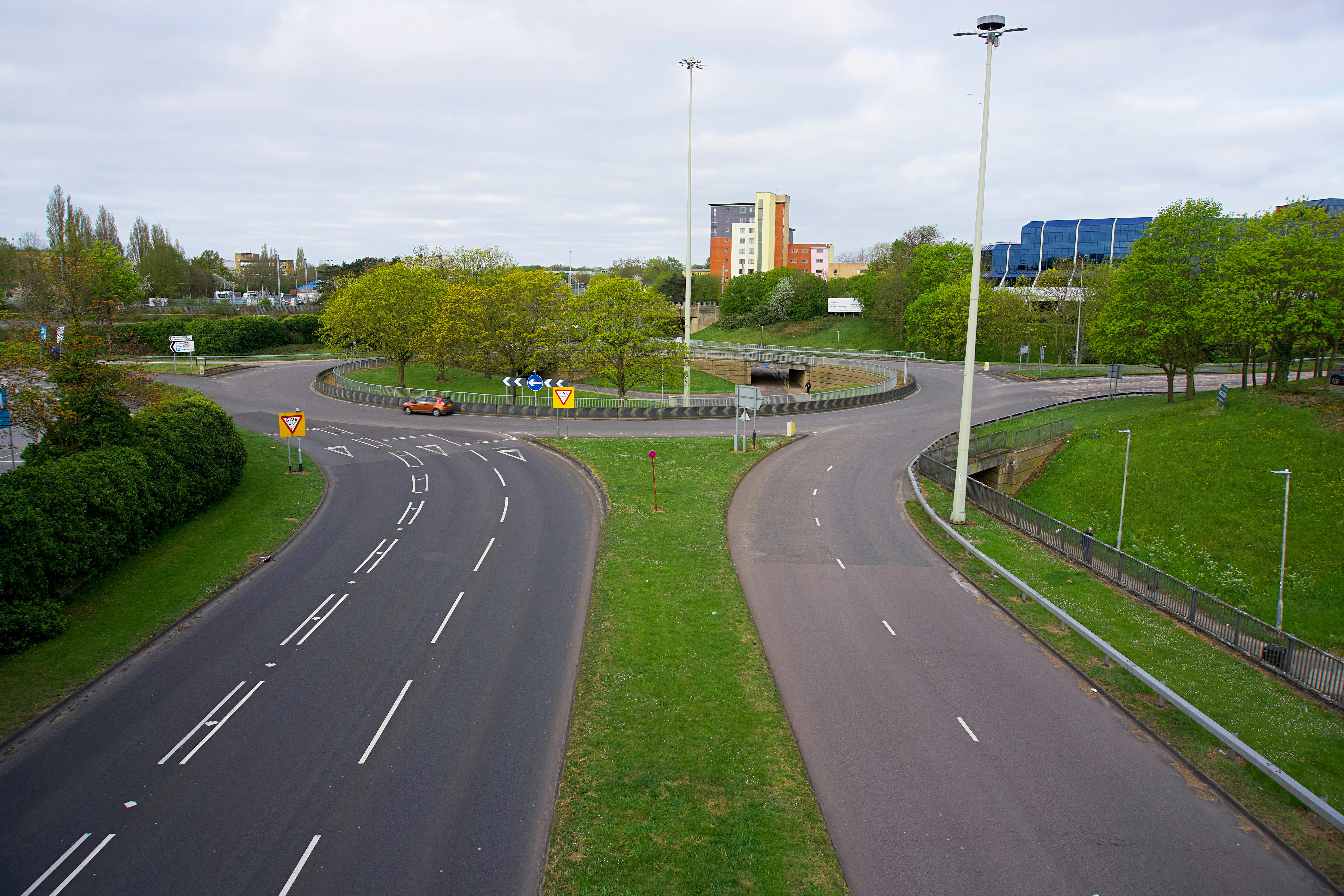Road line markings play a crucial role in ensuring the safety and efficiency of our transportation systems.
The Importance of Road Line Markings
Before diving into who maintains road line markings, it's essential to understand why they are so important. Road line markings serve several critical functions:
- 1. Guidance: They provide clear directions to drivers, indicating lanes, turns, and other important navigational information.
- 2. Safety: Properly maintained road line markings help prevent accidents by clearly delineating lanes and boundaries.
- 3. Efficiency: Well-marked roads ensure smooth traffic flow, reducing congestion and delays.
- 4. Compliance: They help enforce traffic laws by indicating no-parking zones, pedestrian crossings, and other regulatory information.
Given their significance, it is imperative that road line markings are well-maintained.
Government Agencies
His Majesty's Government
In many countries, the government plays a significant role in maintaining major highways and interstates. These high-traffic roads require regular maintenance to ensure safety standards are met. Government agencies and local councils often provide funding for large-scale projects involving road line markings but may delegate the actual maintenance work to state or local authorities.
Local Authorities
Local authorities—such as town, city or county councils and administrations—are generally responsible for maintaining road line markings on local streets and roads within their areas. Councils handle this task to ensure that residential streets, school zones, and other local areas have clear and visible road line markings.
Private Contractors
While government and local authorities oversee the maintenance of road line markings, they often outsource the actual work to private contractors. These contractors specialise in road and pavement marking services and hold the necessary equipment and expertise to perform high-quality work efficiently.
Types of Contractors
- 1. Road and Line Marking Companies: These companies focus exclusively on marking roads with paint or thermoplastic materials.
- 2. Construction Firms: Larger construction firms may offer pavement or road marking as part of their broader range of services.
- 3. Specialised Contractors: Some contractors specialise in specific types of road markings such as bike lanes or pedestrian crossings.
Responsibilities
Private contractors are typically responsible for:- Applying new road line markings
- Repainting faded or worn-out lines
- Ensuring compliance with safety standards
- Using durable materials that withstand weather conditions
Public Involvement
While government, council authorities and private contractors handle most of the maintenance work for road line markings, public involvement also plays an important role in ensuring these markers remain effective.
Reporting Issues
The general public can report issues, such as faded or missing road line markings to their local council or transportation department. Many councils offer online portals or telephone lines where residents can submit complaints or requests for maintenance.
Community Initiatives
In some communities, local organisations may take an active role in advocating for better-maintained roads. These groups can collaborate with local councils to prioritise areas needing attention.
Challenges in Maintaining Road Line Markings
Maintaining road line markings is not without its challenges:
- 1. Weather Conditions: Extreme weather conditions like heavy rain, snow, or heat can cause rapid deterioration of road lines.
- 2. Traffic Volume: High traffic volumes can wear down paint more quickly over time.
- 3. Budget Constraints: Limited funding can delay necessary maintenance work.
- 4. Technological Advancements: Keeping up with new technologies, such as reflective paints or smart sensors, requires ongoing investment.
